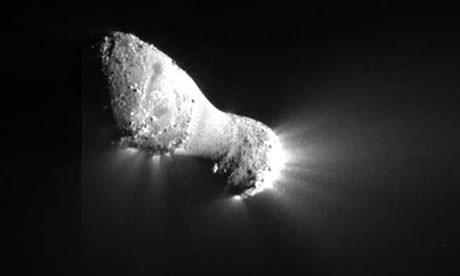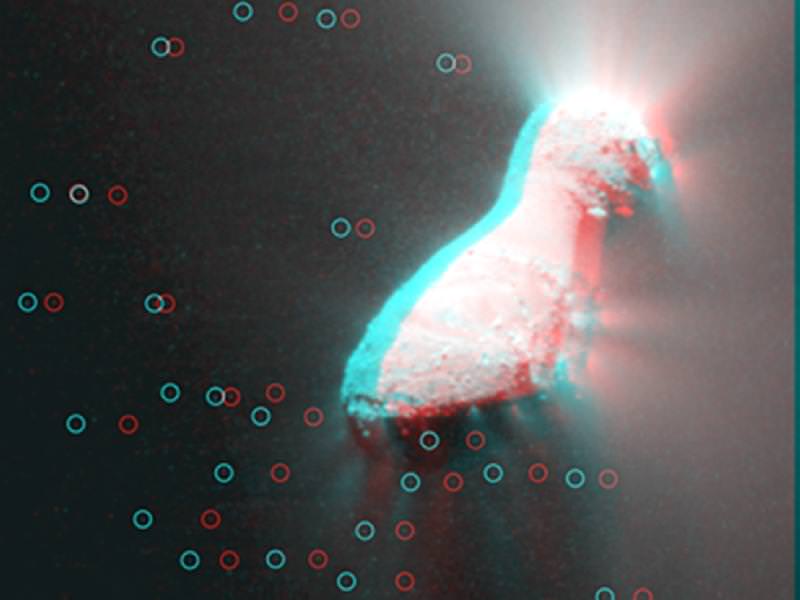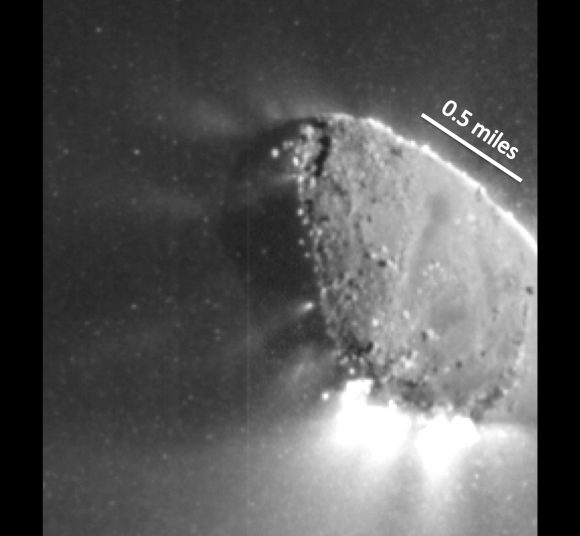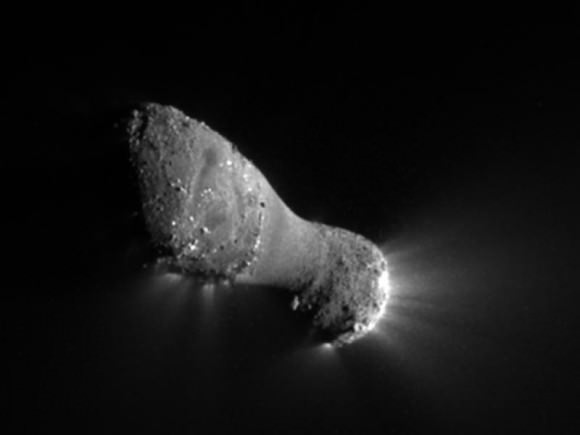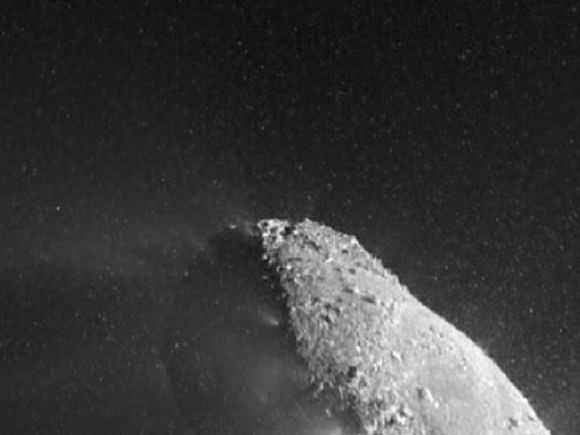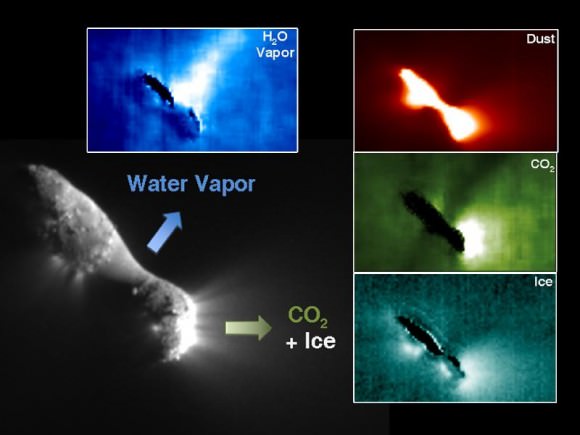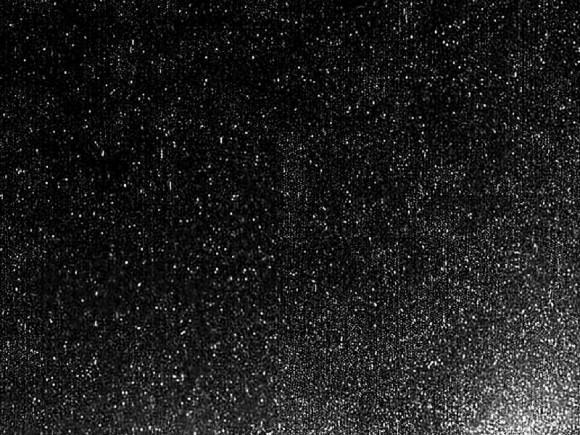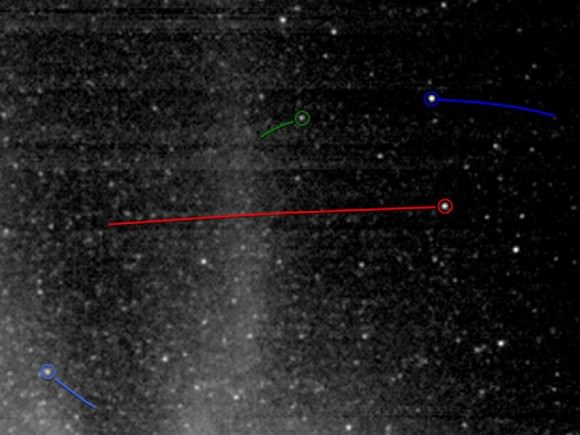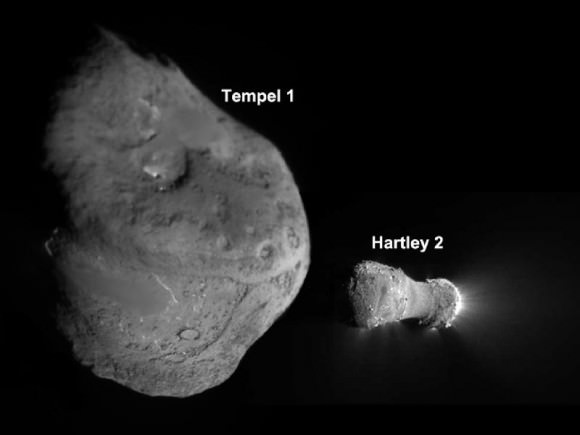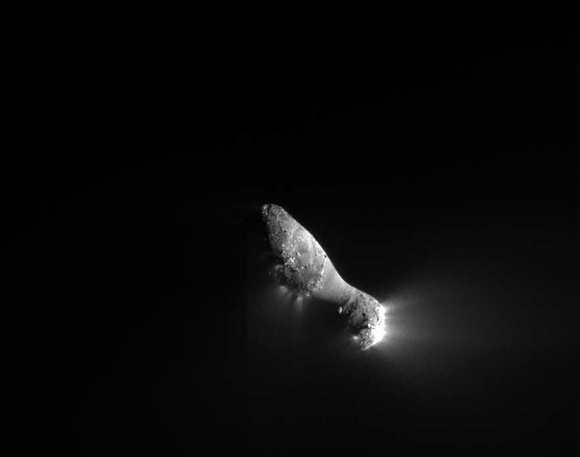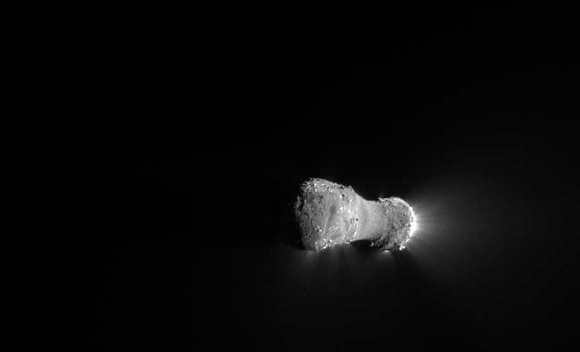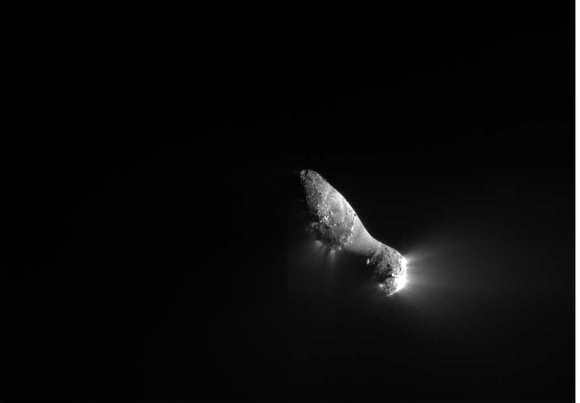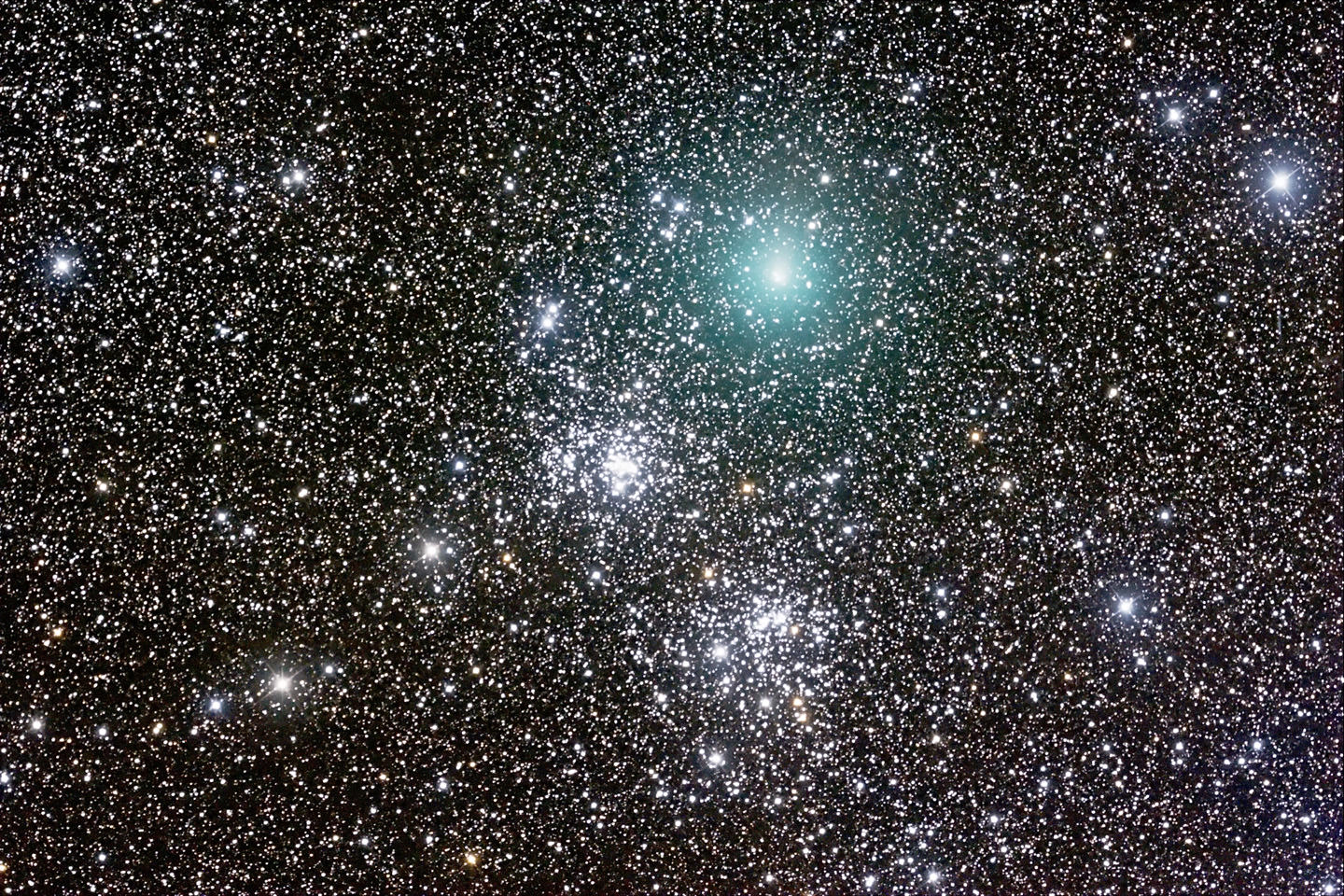For years comets have mystified scientists with their compositions that appear to have formed in both warm and cold environments, rather than in one location of a uniform temperature. But new research shows that the reason some comets feature patches of differing surface composition is not because they are made from material that formed in different parts of the Solar System, but because some parts of their surface absorb heat at varying rates. This leads to localized heat sinks and cold traps, according to a new model constructed by David Jewitt and Aurelie Guilbert-Lepoutre from the University of California, Los Angeles (UCLA). Their model shows that the chemical composition of a comet can evolve in the ten million year period during which a comet is classed as a Centaur, migrating from the Kuiper Belt to the inner Solar System.
“The Centaurs are objects which have escaped from the Kuiper belt and are drifting amongst the giant planets,” says Jewitt. “Their lifetimes in these orbits are limited to about 10 million years because they are gravitationally perturbed by the planets to other orbits. At least half are ejected from the Solar System to the interstellar medium. Some are kicked inside the orbit of Jupiter, where the ice begins to sublimate and we call them comets.”
The key is variances in the surface – thermal conductivity, reflectivity (albedo), obliquity (tilt) and even topography such as craters or hilly terrain. This leads to the creation of ‘thermal shadows’.
“Just as it is cooler in the shadow of a building than standing in the full Sun, the region beneath a bright spot or a boulder on the surface of a comet will remain cooler than the surroundings,” says Jewitt. The higher the albedo, the more sunlight is reflected away, keeping that particular patch of the comet 20 to 30 degrees Celsius cooler than its surroundings. The thermal shadows can be maintained “We have calculated the way the cool spot extends down into the interior of the comet, and examined how deep and how long-lived this cool shadow region can be for objects moving on a variety of different orbits.”
Being colder, the thermal shadows attract volatile materials such as water-ice and carbon dioxide from elsewhere on the comet, enhancing the composition there. Consequently the composition of the comet becomes strongly non-uniform, as does the activity on the comet, manifest in jets of the kind seen, for example, by the Deep impact spacecraft on the Comet Hartley 2 in November 2010.
The paper can be found on the astro-ph archive and can be read here.

